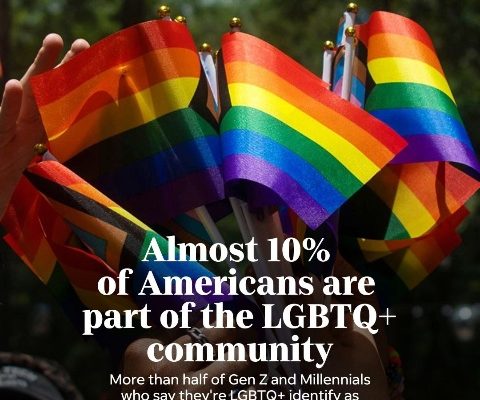The landscape of sexual identity in America has changed dramatically over the past decade. According to Gallup’s 2024 survey, 9.3% of Americans now identify as something other than heterosexual, a sharp increase from just 3% in 2012.
This rise is largely driven by younger generations, who are more open about their identities than ever before. Interestingly, the majority of those identifying as LGBTQ+ say they are bisexual, reflecting a broader acceptance of fluidity in sexual attraction.
So, what’s behind this trend? Let’s dive into the numbers, the cultural shifts, and what it all means.
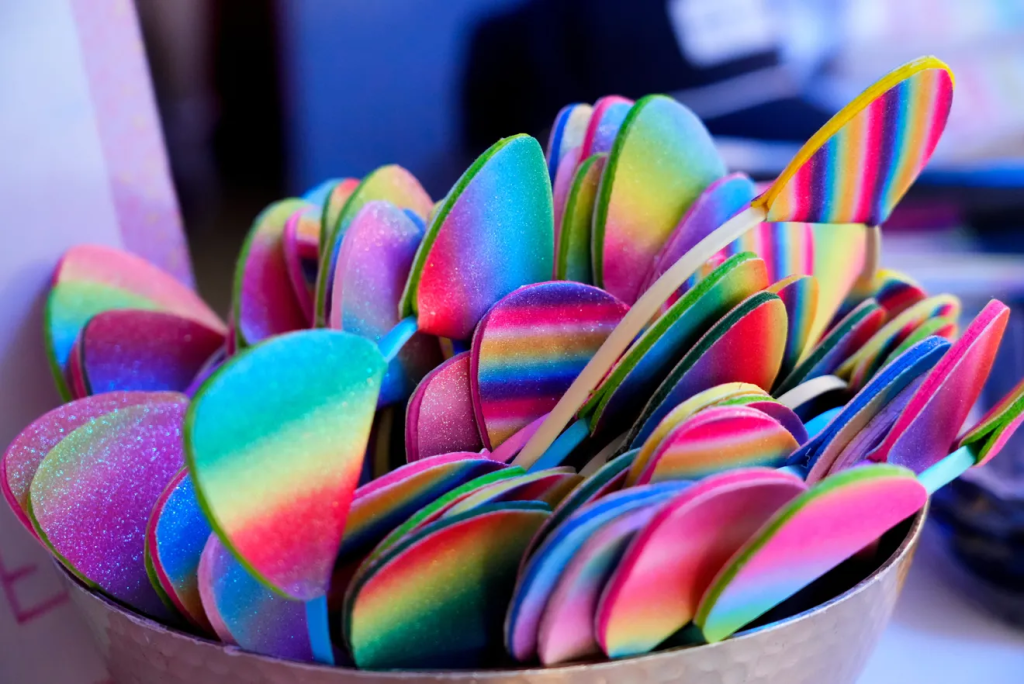
The Steady Rise of LGBTQ+ Identification in America
When Gallup first started tracking LGBTQ+ identity in 2012, only about 3% of U.S. adults openly identified as something other than straight. Fast-forward to 2024, and that number has tripled to 9.3%.
Jeff Jones, a senior editor at Gallup, highlights that this growth is part of a long-term trend. “The number has been increasing over time,” he explained, pointing out that greater social acceptance and visibility have played a key role.
This trend isn’t limited to the U.S. either. A 2024 Ipsos Global survey found that in 26 wealthy nations, an average of 9% of people identify as LGBTQ+, with the highest rate in the Netherlands at 14% and the lowest at 4% in socially conservative countries like Japan and South Korea.
Younger Generations Are Leading the Shift
LGBTQ+ identification is significantly higher among Gen Z (born between 1997 and 2006) than in any previous generation. A staggering 23.1% of Gen Z adults—more than 1 in 5—identify as LGBTQ+.
In contrast, only:
- 14.2% of Millennials (born 1981–1996) identify as LGBTQ+
- 5.1% of Gen X (born 1965–1980)
- 3.0% of Baby Boomers (born 1946–1964)
- 1.8% of the Silent Generation (born before 1946)
Why the stark differences? Experts say it’s a mix of social progress, access to information, and changing cultural norms.
Why Is Bisexuality So Common Among Younger Generations?
Among those who identify as LGBTQ+, bisexuality is the most common identity. Over half of LGBTQ+ Gen Zers (59%) and Millennials (52%) describe themselves as bisexual, compared to lower rates of bisexuality among older LGBTQ+ individuals.
According to Robyn Ochs, a sexuality scholar and activist, bisexuality is now seen as a more fluid, open identity than it was in past generations.
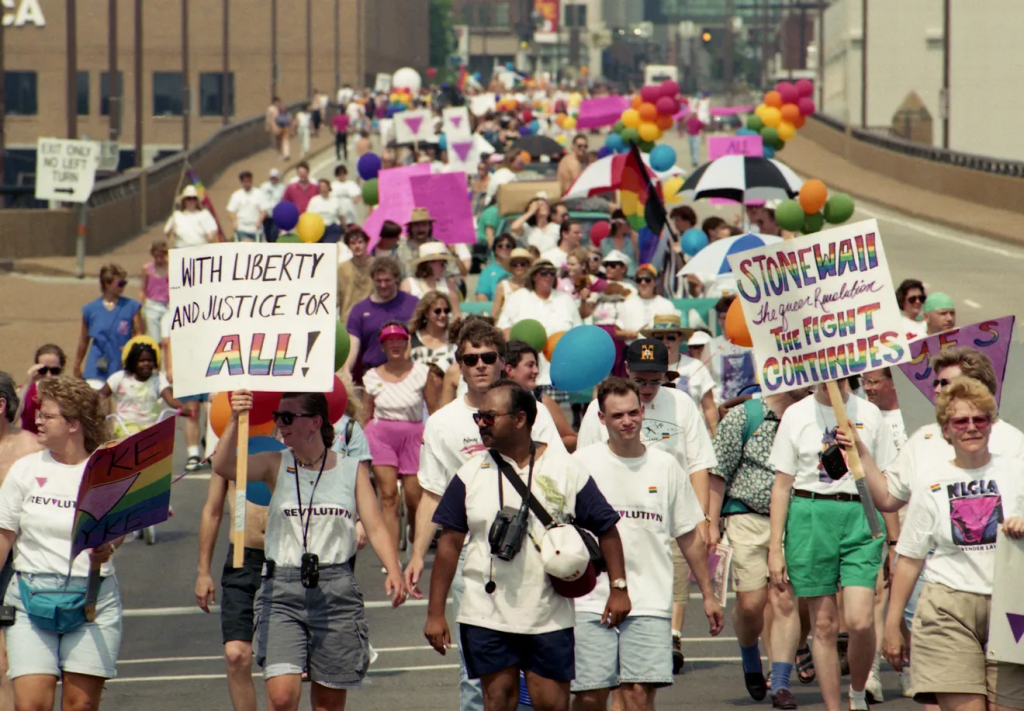
“The definition of bisexuality has expanded,” Ochs explains. “It’s no longer just about being equally attracted to men and women—it’s about the potential for attraction to multiple genders, but not necessarily at the same time or in the same way.”
Labels Are Becoming More Flexible
Ochs also points out that younger people are using sexual identity labels differently than older generations.
- Instead of rigid categories, many treat sexuality as a spectrum
- Some identify as pansexual, queer, or fluid rather than bisexual
- Others use multiple labels interchangeably
This shift means that more people feel comfortable embracing diverse identities rather than forcing themselves into traditional boxes.
Cultural Shifts Driving LGBTQ+ Identification
Experts believe there’s no single reason why LGBTQ+ identification has increased so much, but several cultural changes play a role:
1. Greater Social Acceptance
Over the past two decades, LGBTQ+ rights have made significant progress in the U.S., from marriage equality to anti-discrimination protections. With less stigma attached, fewer people feel the need to hide their identity.
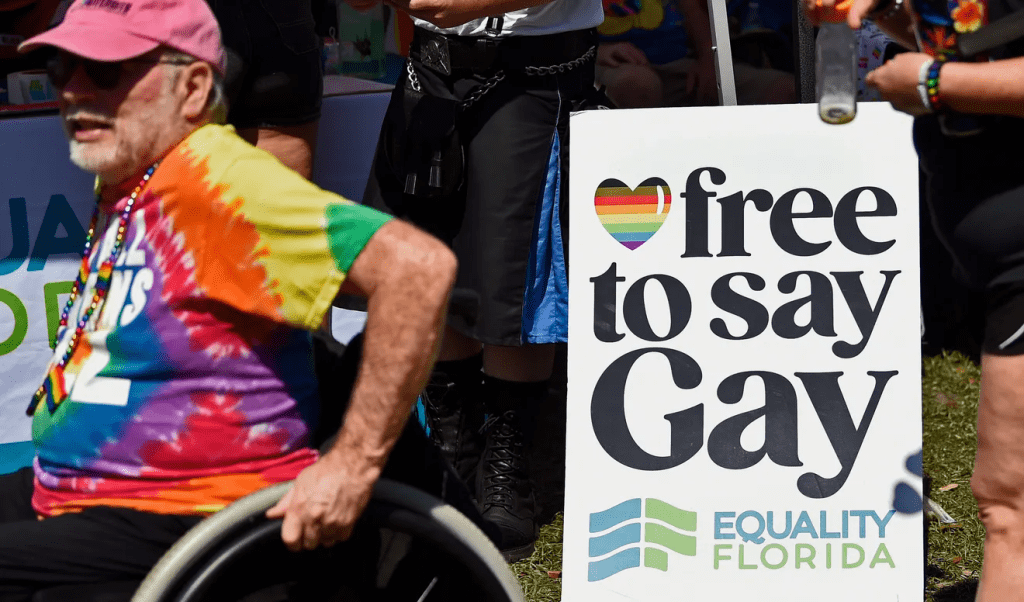
2. Increased Representation in Media
TV shows, movies, and social media have created a more inclusive cultural landscape. Young people grow up seeing diverse representations of sexuality, which normalizes LGBTQ+ identities and makes them feel seen.
3. More Access to LGBTQ+ Education and Information
The internet has made it easier than ever to learn about different sexual orientations and gender identities. Unlike older generations who lacked resources, Gen Z has a wealth of knowledge at their fingertips.
4. Changing Attitudes Toward Masculinity and Femininity
There’s also been a shift in gender norms. Men, in particular, have historically faced strong social pressure to conform to traditional masculinity, which often discouraged bisexual identification. However, younger generations are challenging these stereotypes, making it easier for people to express their identity.
Who Is Most Likely to Identify as LGBTQ+?
The Gallup survey also found key demographic trends when it comes to LGBTQ+ identification:
1. Women Identify as LGBTQ+ More Often Than Men
- 10% of women say they are LGBTQ+
- Only 6% of men identify as LGBTQ+
Most of this difference is due to bisexuality being more commonly reported among women.
2. Urban Areas Have the Highest LGBTQ+ Populations
- 11% of city dwellers identify as LGBTQ+
- 10% in suburban areas
- 7% in rural areas
This follows a long-standing trend of greater LGBTQ+ visibility and acceptance in urban environments.
3. Political Affiliation Matters
- 14% of Democrats identify as LGBTQ+
- 11% of Independents
- Only 3% of Republicans
While sexual identity is not inherently political, cultural attitudes toward LGBTQ+ topics can influence whether people feel comfortable disclosing their identity.
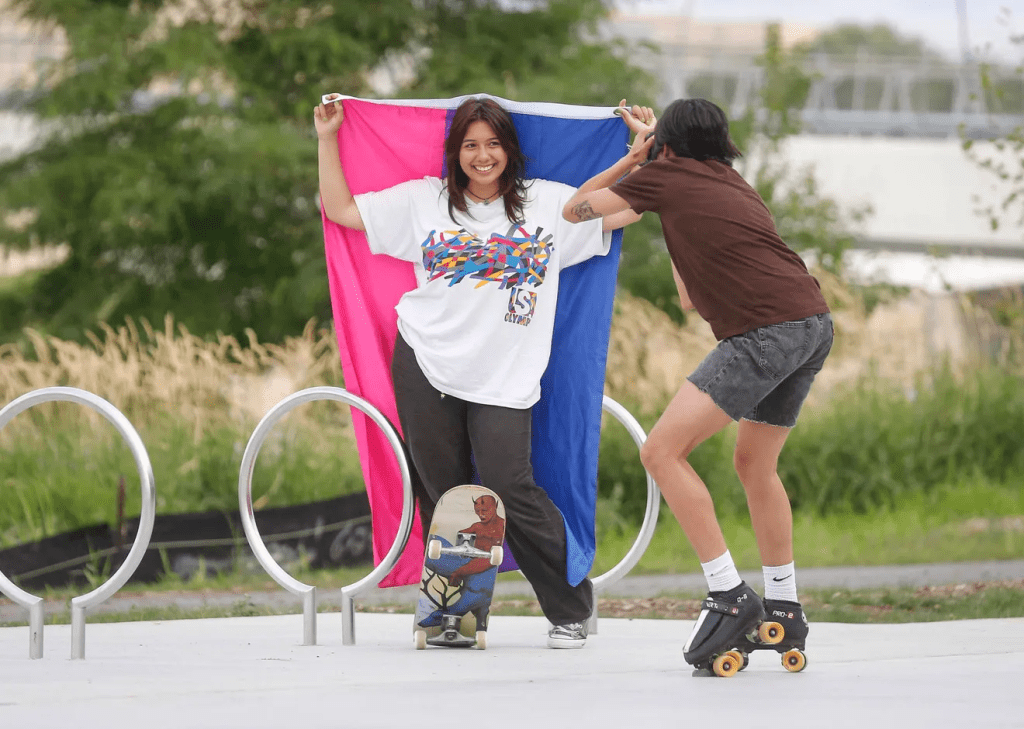
What Does the Future Hold?
One big question remains: Will these trends continue as Gen Z ages?
Some researchers believe that as people enter long-term relationships, they may change how they label themselves. For example, a woman in a relationship with a man may start calling herself heterosexual, even if she previously identified as bisexual.
Others argue that this new openness is here to stay. If social acceptance continues to grow, future generations may feel even more comfortable expressing their true identities.
Final Thoughts
The rise in LGBTQ+ identification—especially among Gen Z and Millennials—reflects a society that is more accepting, open, and informed than ever before.
While the numbers continue to climb, one thing is clear: the way people think about sexuality is evolving. And as social norms keep shifting, we may see even greater diversity in how people define and express themselves in the years to come.
